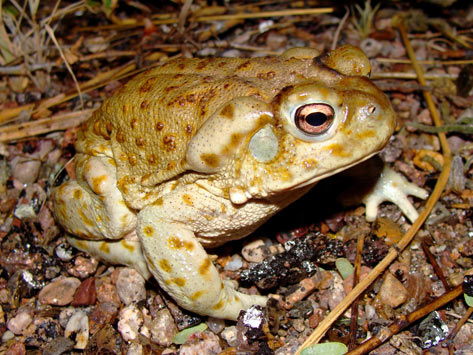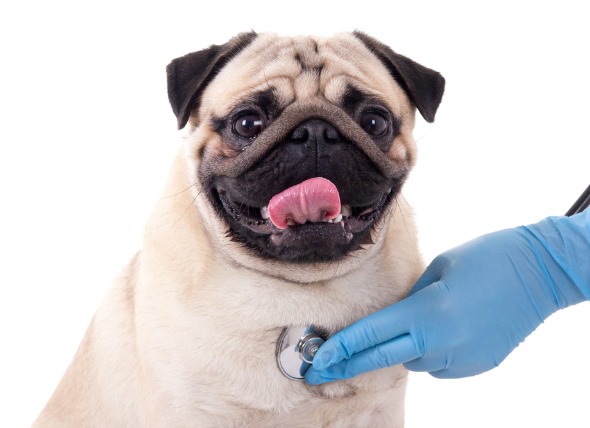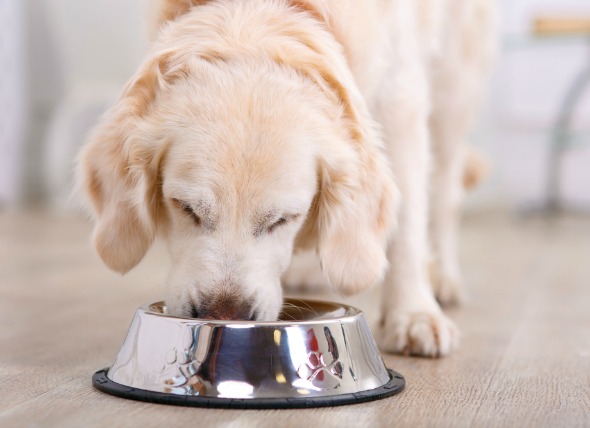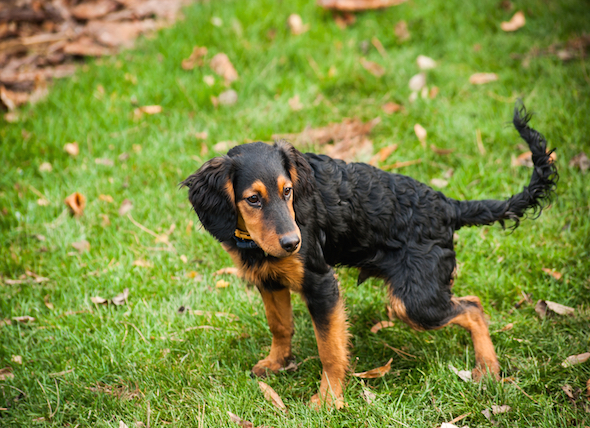The Brussels Griffon is a lovable, companion dog that does well in a house or apartment. She does require some coat grooming but she is happy, has a big personality and will add joy to most families.
Good With Children?
Not well suited but may be ok with older children as long as they have been socialized with her when she is young.
Good With Other Pets?
Yes.
Temperament
The Brussels Griffon is a lively, cheerful dog full of life and curiosity. She makes a good companion dog but loves to be spoiled. She should be kept in the house with the family but have access to frequent walks for air and exercise.
Trainability
Can be difficult to train. She can be stubborn.
Approximate Adult Size
The approximate adult size (two years old or older) of the Brussels Griffon is 7 to 8 inches to the withers (highest point of the shoulder) and 6 to 12 pounds.
Special Health Considerations
Most dog breeds have certain inherited health problems associated with that specific breed and the Brussels Griffon is no exception. They can have respiratory problems, eye problems (prominent eyes prone to damage), difficulty giving birth, subluxated patella, and her teeth can require care. This disease list is an informative guideline only. Other diseases may also be significant threats, please contact your veterinarian for a complete list.
She should visit the veterinarian several times in the first year for shots, boosters and check up. Then, as an adult, she should visit the veterinarian yearly for shots and check up. As she gets older, six years and on, she should visit the veterinarian twice a year for check ups and shots. Remember; avoid feeding your dog sweets.
Grooming
The Brussels Griffon has two coat varieties, one being harsh with dense, wiry hair and the other being smooth coated, glossy and short. She should be brushed regularly. Brushing will help her maintain a clean and healthy coat, avoid mats and help you keep a closer eye on her health and strengthen your emotional bond with her.
Her teeth should be brushed at least twice a week with toothpaste and toothbrush designed for dogs. Brushing removes the accumulation of plaque and tartar which can cause cavities (rarely) and periodontal disease. Dog periodontal disease can lead to pain, loss of teeth, bad breath and other serious disease.
Her toenails may need to be examined for growth and clipped regularly. The toenails of the rear feet grow slower than the toenails of the front feet. Generally a guillotine type trimmer is the best for this chore and competent instructions to accomplish this can be found on the net.
Life Span
The Brussels Griffon can live between 8 and 10 years with proper nutrition, medical care and excellent living conditions.
History
The Brussels Griffon comes from Belgium. They were developed from the Affenpinscher, Ruby English Toy Spaniel and the Dutch Pug. They cam to America in mid 1880. They were first registered by the American Kennel Association in 1910.

 Toad Venom Toxicosis in Dogs
Toad Poisoning in Dogs
Toad venom toxicity is rel
Toad Venom Toxicosis in Dogs
Toad Poisoning in Dogs
Toad venom toxicity is rel
 Heart Murmurs in Dogs
Murmurs are extra heart vibrations that are produ
Heart Murmurs in Dogs
Murmurs are extra heart vibrations that are produ
 Tylenol (Acetaminophen) Poisoning in Dogs
Acetaminophen Toxicity in Dogs
Acetaminophen is o
Tylenol (Acetaminophen) Poisoning in Dogs
Acetaminophen Toxicity in Dogs
Acetaminophen is o
 Black, Tarry Feces due to Presence of Blood in Dogs
Melena in Dogs
The term melena is used to describ
Black, Tarry Feces due to Presence of Blood in Dogs
Melena in Dogs
The term melena is used to describ
 Parasite Infection (Babesiosis) in Dogs
Babesiosis in Dogs
Babesiosis is the diseased sta
Parasite Infection (Babesiosis) in Dogs
Babesiosis in Dogs
Babesiosis is the diseased sta